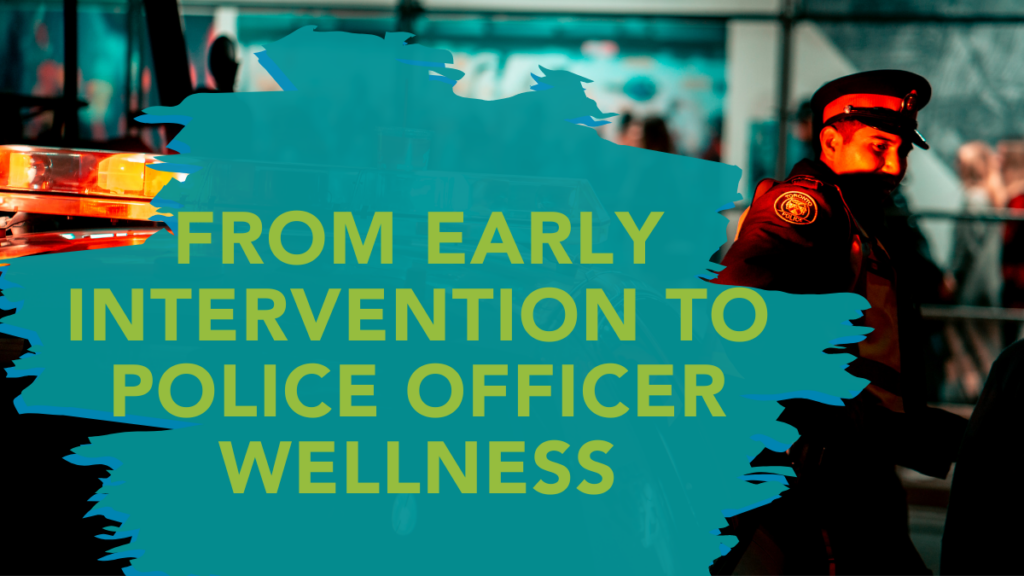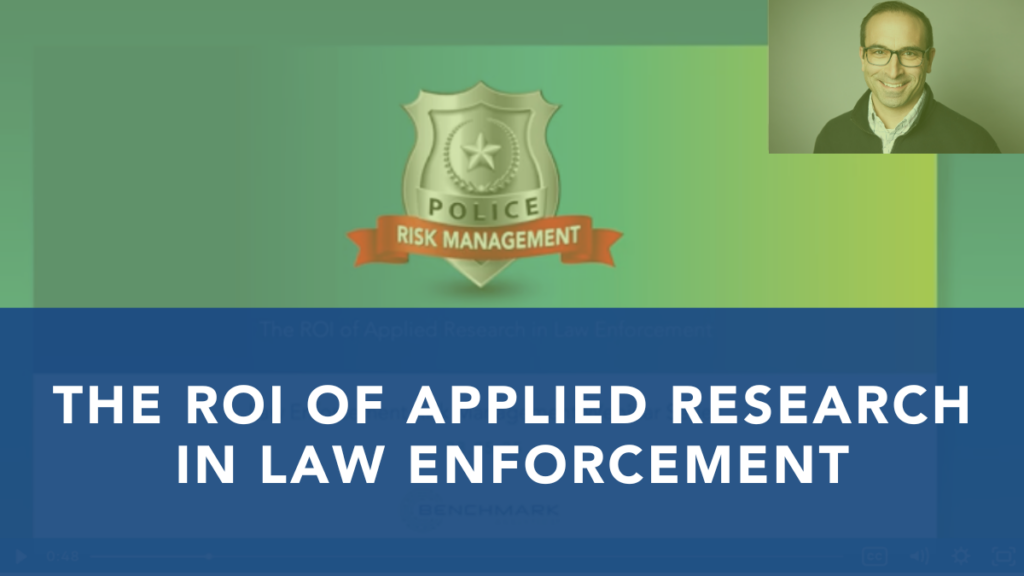How Do Stakeholders Feel About Data and Transparency?
Posted
April 4, 2022
Share:
Data transparency in law enforcement may seem straightforward, but, as we explored in our last blog post, the issue is a lot more complex than simply opening up public-facing data portals and expecting those actions alone will build public trust. The relationships between transparency, accountability and public trust are nuanced and complex — and require intentional study and planning to incorporate into effective data transparency policies. Many of the primary stakeholders in data transparency efforts – the public, researchers, and police leaders – have distinctly different needs from data transparency efforts. This post will look at how those stakeholders interact with open data initiatives and where those needs overlap.
Leaders in the Field
 Until recently, there were few attempts to rigorously document the attitudes policing leaders held about transparency initiatives and data sharing. Policymakers and the general public assumed that law enforcement executives were, at best, skeptical of data-sharing and public transparency tools. While more research is certainly needed, a 2015 paper was among the first to shed light on how these leaders approach transparency, and, to many, the findings were surprising.
Until recently, there were few attempts to rigorously document the attitudes policing leaders held about transparency initiatives and data sharing. Policymakers and the general public assumed that law enforcement executives were, at best, skeptical of data-sharing and public transparency tools. While more research is certainly needed, a 2015 paper was among the first to shed light on how these leaders approach transparency, and, to many, the findings were surprising.
For generations, the standard way police leaders approached transparency was as a function of public relations – a way to guide the narrative and assuage public concerns. As we entered the era of internet saturation at the turn of the 21st century and the subsequent proliferation of social media, thinking changed. New tech tools and web-based portals made it less labor-intensive to distribute policing data. This transformation happened at about the same time as a growing consensus among leaders showed that data transparency could be used to build public trust proactively rather than as a reactive tool.
Through sophisticated and careful data coding, that 2015 study showed that police leaders have a remarkably nuanced set of views on transparency and data dissemination. Most leaders don’t view these efforts as a waste of resources or a distraction from the mission. Instead, they view these efforts as necessary to educate and communicate directly with the public and enhance their department’s reputation. Another striking element of the study was the high degree to which police leaders felt it was “personally important” to share data with the public, indicating a meaningful and lasting sense of buy-in.
Asking the Experts
The massive amount of policing data available to researchers is generally welcomed as a positive development. The continuing trend of moving from paper to electronic records reduces some of the legwork once required for extensive research. However, such vast troves of data are not without their problems, as detailed in a 2020 research paper published in Frontiers in Psychology.
One of the most substantial issues in collecting and analyzing data is the difficulty of standardizing how it is reported. Efforts at creating a national database with uniform standards have largely stalled, leaving researchers to navigate a patchwork of state and local data sources. These disparities can create inaccurate data, such as in the case of hate crimes reporting where, in the past, if agencies didn’t have any hate crimes to report in a period, it was mistakenly classified as a failure to report as opposed to simply having no relevant data to report – a substantial and very meaningful difference to researchers.
This inconsistency in the way data is reported potentially makes it difficult for researchers to “code” data – that is, uniformly classifying data points to draw insight or conclusions from the sets. Examples of this are differences in language describing the use of force incidents to variations in state laws that classify similar crimes under different categories. Furthermore, missing data, especially demographic data, in police reports and other data sources can present an incomplete picture of an encounter, making it difficult — if not impossible — to establish consistency and correlation.
Public Sentiment
Professionals generally recognize the multifaceted value of data transparency in policing, but where does this leave the general public? In our previous post, we looked at how, in the public’s perception, transparency and accountability in policing are often linked with the underlying philosophy behind transparency efforts supporting the stated goal of improving public confidence in policing. With this, it stands that research studying public feelings on law enforcement can offer some insight into the efficacy of these efforts.
Gallup has conducted longitudinal survey research into public confidence in policing for the past 27 years, making it one of the longest-running surveys of its type in the country. The most recent figures show a dip corresponding with several high-profile incidents of recent years. While these figures represent a low over the course of the survey, there is reason to think these numbers may trend upward in the coming years.
Highly visible yet typically isolated incidents of police misconduct are often followed by periods of broad legislative and regulatory changes in policing. In the past two years, dozens of states and even more local governments have passed new laws requiring greater transparency and reporting of police data. Many of these laws are centered around use of force reporting, mandating that departments track use of force and other data points and that officers report and even intervene in alleged misconduct.
The Long View
Though it is too soon to say conclusively, some early indicators suggest there may be shifts in public confidence on the horizon. Newly published survey data from Pew Research shows that there’s been a substantial swing in respondents from diverse demographic backgrounds saying they want increased spending on policing in their area. It is important to note that these responses don’t directly indicate growing confidence in policing as a whole. However, on the other hand, the survey respondents seem to have enough faith in law enforcement agencies to trust them with more public dollars.
The discussion around data transparency in policing will undoubtedly evolve, reacting to current events and new frames of analysis. Time has shown researchers, law enforcement leaders, and the public all value transparency in policing but often with different motivations. By understanding these differences, law enforcement leaders and policymakers will be able to better craft policies and open data practices that serve the needs of the diverse group of stakeholders.
Related Posts
Ready to Experience the Benchmark Difference?
Benchmark Analytics and its powerful suite of solutions can help you turn your agency’s challenges into opportunities. Get in touch with our expert team today.



